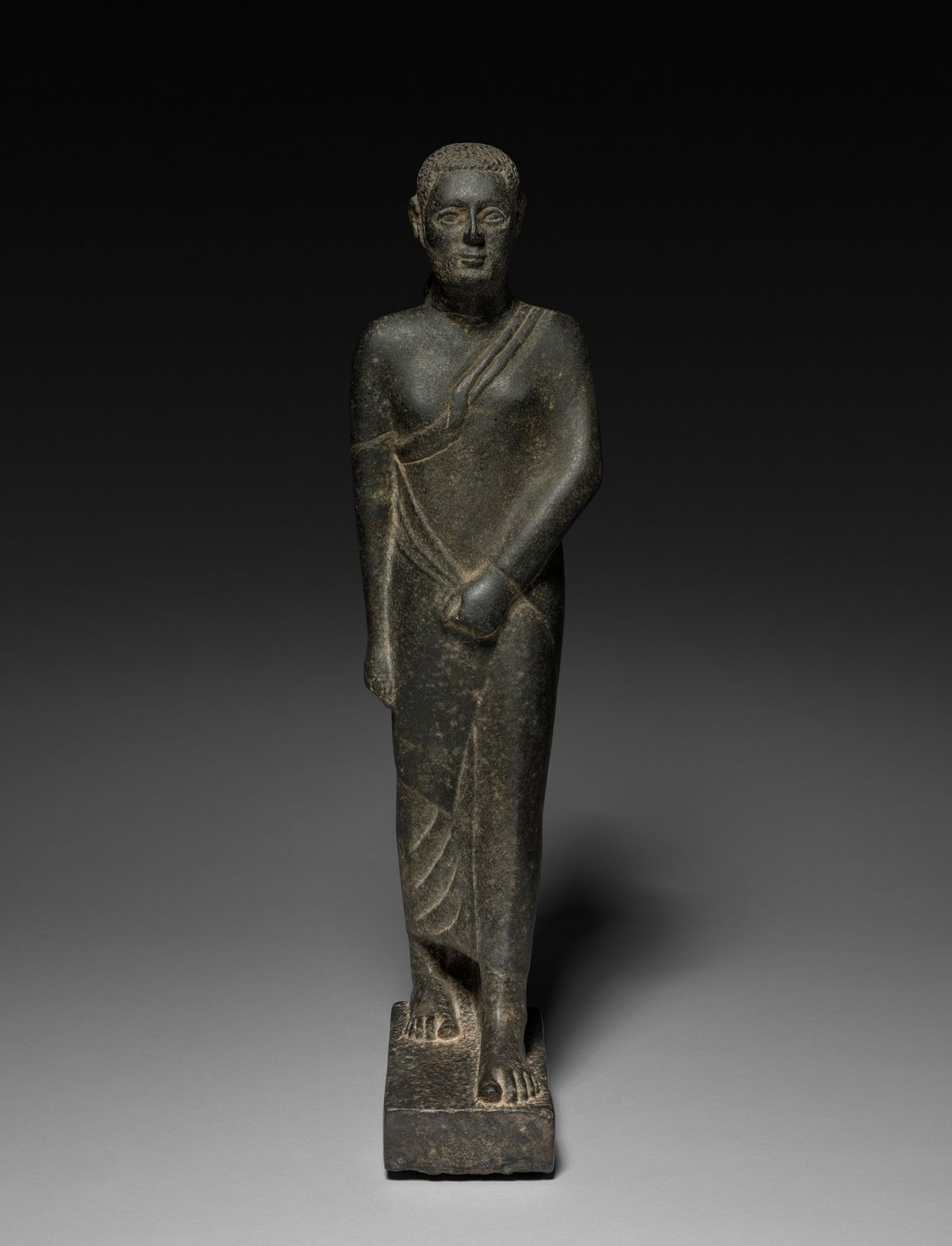The Cleveland Museum of Art (CMA) has agreed to return to Libya a 2,200-year-old statue from Ancient Egypt's Potelamic Dynasty that is suspected to have been looted after the Second World War. The agreement, reached jointly by the museum and the Department of Antiquities of the State of Libya, holds that the CMA will voluntarily recognise the statue as Libyan property, allowing the artefact to remain on view in Cleveland as a loan for “a few years”, accompanied by the promise of future collaborative scholarship and an updated label citing Libya as the rightful owner.
The object, a nearly two-foot-tall black basalt figure dating from 200BCE-100BCE, was acquired by the CMA in 1991 and hails from the Ptolemaic Kingdom, an ancient Greek polity in Egypt founded by Ptolemy I Soter, a companion of Alexander the Great. The Ptolemaic Dynasty, distinguished by Greco-Roman hybrid aesthetics, drew to a close with the death by suicide of Queen Cleopatra in 30BCE. Collector Lawrence A. Fleischman gave the statue to the museum in honour of Arielle P. Kozloff, the museum’s then-curator of ancient art. Fleischman, who died in 1997, was a well-known arts patron with a significant collection of antiquities.
In 2023, the Libyan department of antiquities reached out to the CMA, requesting acknowledgement that the statue had been taken from the Ptolemais Museum in Libya. After investigating the object’s documentation and publication history, the museum determined that the sculpture was probably taken in 1941 when the Ptolemais Museum was destroyed during British occupation.
The Fleishmans were thought to have acquired the sculpture in 1966. It was not published again until a feature in the CMA’s monthly art bulletin in 1991.
“We are very pleased with the collaboration and open dialogue we have had with our colleagues in Libya and look forward to the opportunity for enhanced cultural exchange that our agreement with them represents,” William Griswold, the CMA’s director and president, said in a statement.
The CMA's agreement with Libyan authorities is in keeping with the museum's bespoke approach to repatriation issues, according to Griswold. “The history of every work of art is a product of a unique set of facts and circumstances,” he told Cleveland.com. “We try to look very hard at the facts and conduct serious research to ascertain whether indeed we have good title. Each object is its own thing, its own particular case.”
In 2015, the CMA returned a stone carving of the semi-divine Hindu monkey general Hanuman after research raised questions about its provenance, a gesture that led to an extensive collaboration between the institution and Cambodia’s government. In 2017, the museum returned a Roman-Era head of Drusus Minor, son of Emperor Tiberius, to the government of Italy, prompting a similar partnership. Despite this recent history, the museum has challenged the Manhattan District Attorney’s order to return an ancient bronze statue once thought to depict Marcus Aurelius to Turkey, suing to block restitution efforts.


